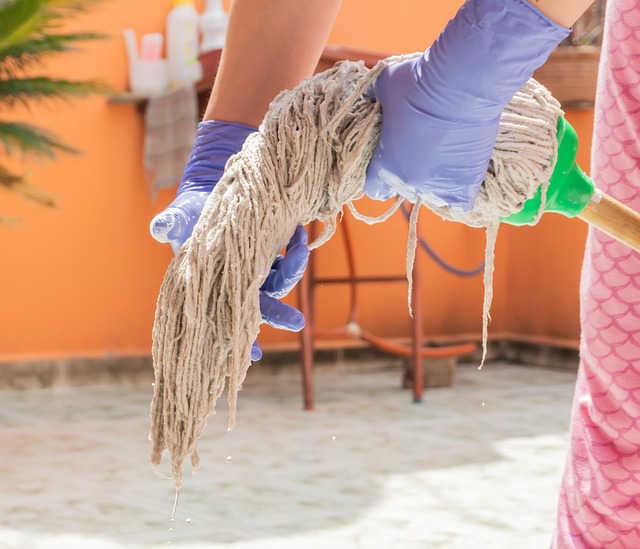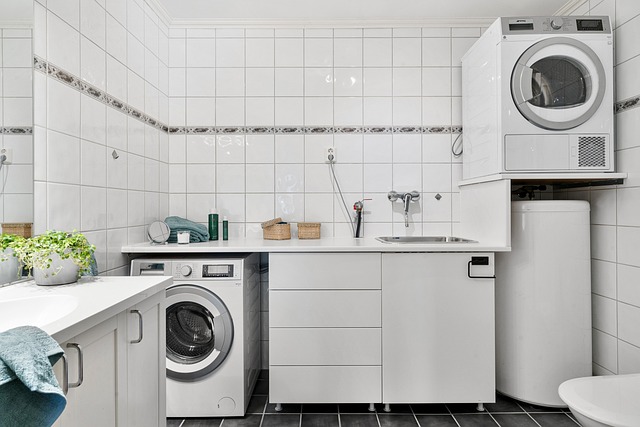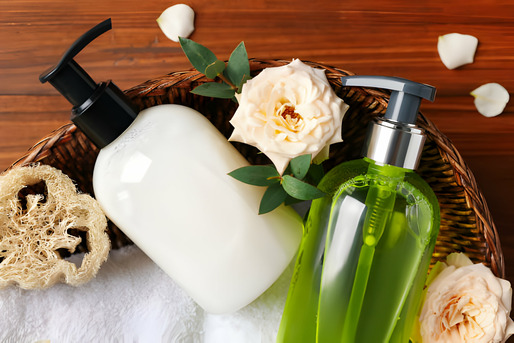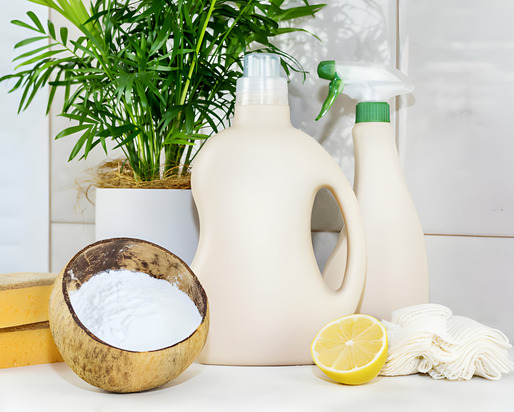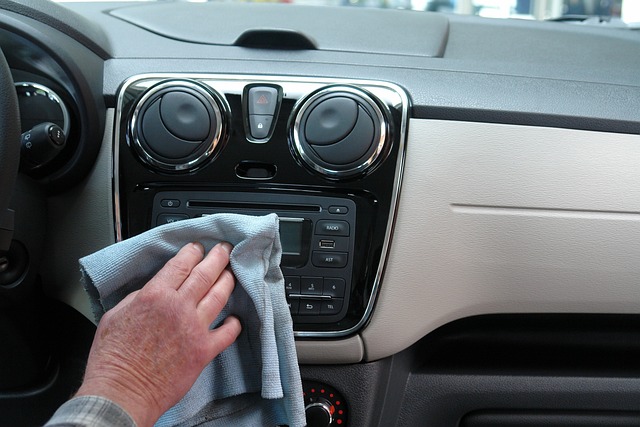Commercial lockers play a pivotal role in maintaining order and security in various settings, from workplaces and gyms to schools and recreational facilities. Recognizing the importance of their upkeep is the first step toward ensuring their longevity and functionality.
Regular maintenance not only extends the lifespan of commercial lockers but also enhances their usability. Neglecting proper care can lead to issues such as malfunctioning locks, unpleasant odors, and deterioration of materials. This guide is designed to empower you with the knowledge needed to keep your lockers in prime condition. In this comprehensive guide, we will explore the importance of commercial locker maintenance and cleaning, offering simple yet effective strategies to keep them in impeccable condition.
The Significance of Commercial Locker Maintenance and Cleaning
1. Preserving Investment
Commercial lockers represent a significant investment for businesses and institutions. Regular maintenance ensures that this investment is protected, extending the life of the lockers and avoiding premature replacements.
2. Hygiene and Well-being
Clean lockers contribute to a healthier environment. Regular cleaning prevents the buildup of dirt, bacteria, and odors, promoting the well-being of users and maintaining a positive atmosphere in shared spaces.
3. Optimal Locker Functionality
Proper maintenance not only ensures the physical appearance of lockers but also optimizes their functionality. Well-maintained lockers operate smoothly, preventing issues like jammed doors or malfunctioning locks that can disrupt daily activities.
4. User Satisfaction
Users appreciate well-maintained lockers. Clean, properly functioning lockers enhance user experience, whether it’s employees, students, or gym-goers. Satisfied users are more likely to take care of the lockers and respect shared spaces.
Routine Cleaning Practices for Commercial Lockers
1. Daily Surface Cleaning
Gentle Cleaning Solutions
Use mild soap and water solutions for daily surface cleaning. Harsh chemicals can damage locker finishes, so opt for gentle cleaners to maintain the appearance of the lockers.
Focus on High-Touch Areas
Pay extra attention to high-touch areas such as handles and keypads. Regularly disinfect these areas to minimize the spread of germs and maintain a hygienic environment.
2. Deep Cleaning Sessions
1. Empty and Inspect Interiors
Periodically empty lockers and inspect interior surfaces. Wipe down the interiors to remove accumulated dust and check for any signs of wear or damage that may need attention.
2. Ventilation Maintenance
If lockers have ventilation holes, ensure they are free from blockages. Clean these areas using a small brush or vacuum attachment to promote proper air circulation and prevent musty odors.
3. Handle Stain Removal Promptly
1. Tackle Rust Spots
Address rust spots promptly using a rust remover or a mixture of vinegar and baking soda. After removing rust, apply a protective coating to prevent future corrosion.
2. Remove Stickers and Residue
Eliminate stickers and adhesive residue using a mild adhesive remover or a mixture of water and dish soap. This ensures a clean and professional appearance.
Material-Specific Maintenance for Commercial Lockers
1. Metal Lockers
Prevent Corrosion
Metal lockers are susceptible to corrosion, especially in humid environments. Apply a metal-friendly wax or sealant to create a protective barrier against moisture and oxidation.
Regular Hardware Checks
Regularly inspect hardware such as hinges and screws on metal lockers. Tighten any loose components to prevent further wear and tear.
2. Plastic Lockers
Avoid Harsh Chemicals
Plastic lockers are durable but can be damaged by harsh chemicals. Stick to mild cleaners to avoid compromising the integrity of the plastic.
Scratch Repair
For minor scratches on plastic lockers, use a specialized plastic polish to minimize their appearance. This helps maintain a polished and uniform look.
3. Wooden Lockers
Apply Wood Sealant
Wooden lockers require protection against moisture. Apply a wood sealant or varnish to create a protective barrier and preserve the natural beauty of the wood.
Address Scratches and Dents
For minor scratches and dents on wooden lockers, use a wood filler and touch-up paint that matches the locker’s finish. This ensures a polished appearance.
Locker Lock Maintenance
1. Regular Lubrication
Graphite Lubricant Use
Keep locker locks operating smoothly by applying graphite lubricant. This prevents sticking and ensures ease of use for both key and combination locks.
Replace Worn or Damaged Locks
If a lock becomes worn or damaged, replace it promptly. Delaying replacement can compromise locker security and lead to more extensive issues.
2. Combination Lock Care
Periodic Combination Resets
Encourage users to reset combination locks periodically. This enhances security and prevents the accumulation of dirt or debris that can affect the lock’s mechanism.
Educate Users on Proper Handling
Provide clear instructions on how to handle combination locks. Rough treatment or forcing the lock can lead to malfunctions and compromise the locker’s security.
Troubleshooting Common Locker Issues
1. Sticky or Jammed Doors
Inspect and Clean Hinges
Examine hinges for debris or rust that may impede movement. Clean and lubricate hinges to ensure smooth door operation.
Adjust Door Alignment
If locker doors are misaligned, adjust them to ensure proper closure. Misaligned doors can lead to sticking and difficulty in opening or closing.
2. Persistent Odors
Ventilation and Deodorizers
Improve locker ventilation to prevent musty odors. Consider using deodorizing agents, such as baking soda or commercial locker deodorizers, to maintain a fresh environment.
Regular Cleaning of Interior Surfaces
Ensure thorough cleaning of locker interiors, especially in areas prone to moisture. Lingering odors may be a result of mold or mildew, which can be mitigated with proper cleaning.
Establishing a Locker Inspection Checklist
1. Regular Inspection Schedule
Implement Routine Inspections
Establish a regular locker inspection schedule. Assign specific staff members or maintenance personnel to conduct thorough checks at predetermined intervals.
Document and Address Issues
Create a documentation system to record any issues identified during inspections. Promptly address and resolve any concerns to maintain the lockers’ optimal condition.
Conclusion
The maintenance and cleaning of commercial lockers are essential practices that go beyond appearances. A well-maintained locker not only prolongs its lifespan but also contributes to a positive user experience and a hygienic environment. Follow these simple yet effective strategies outlined in this guide, to ensure that your commercial lockers remain in top-notch condition, serving their purpose effectively. So, embrace the commitment to locker care, and let your lockers stand as reliable guardians of order, security, and cleanliness in your commercial spaces.






